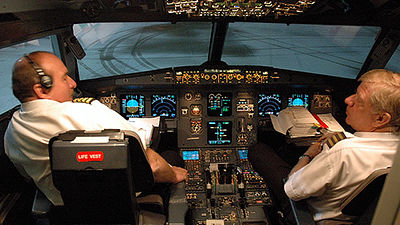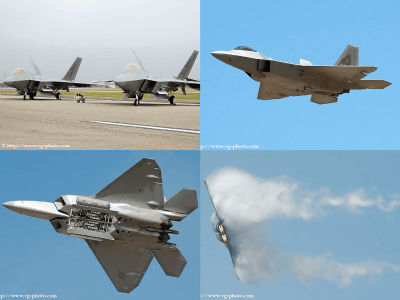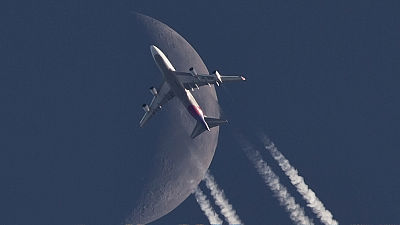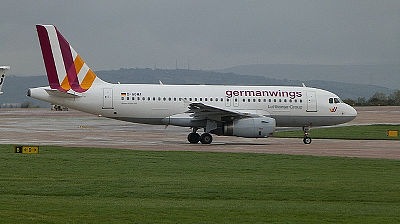Why was Iran Air Flight 655 shot down, killing 290 people on board and on board?

Jason Lefkowitz: 'I want to take a moment to tal…' - the Octodon
https://octodon.social/@jalefkowit/111490485825183949

The Vincennes that caused this incident were equipped with

The first flaw, Lefkowitz points out, is 'the way the Aegis combat system's IFF console works.'
Large aircraft around the world are equipped with devices called

Vincennes also received the identification code of Flight 655, which took off from Bandar Abbas International Airport, confirming that it was a commercial airliner. The Vincennes operator must then use the controller to move the cursor and set it up to track Flight 655. However, the operator neglected a step called 'slave', which allows the cursor to follow the target aircraft. As a result, even after Flight 655 took off, it continued to send IFF requests for the runway it took off from.
The next aircraft to take off from the runway after Flight 655 was an Iranian F-14 fighter jet. As a result, Vincennes accidentally received an F-14's IFF signal, and based on the cursor left behind, Flight 655 was mistakenly identified as an F-14 and was reclassified as 'possibly hostile.' Ta.
A second flaw, Lefkowitz said, is 'the way the Aegis combat system reports data to the crew.'
Each crew member responsible for the Aegis combat system is assigned their own display, which transmits data as needed to larger displays used by senior officers and captains. Therefore, in order to make appropriate decisions, it is important to decide what kind of data should be sent, rather than presenting all the data.

by US Missile Defense Agency
At the time of the incident, data transmitted to Vincennes' large display showed the position and heading of all following aircraft, but did not show the aircraft's altitude. Altitude is useful data to confirm whether there is an intention to attack.If the aircraft is climbing, it is unlikely to attack the ship, but on the other hand, if the aircraft is descending towards the ship, it is likely that there is no intention to attack. It is considered that there is.
As Flight 655 approached Vincennes, the Vincennes commander needed to know whether the aircraft was ascending or descending rapidly. Therefore, the Vincennes captain asked the crew to provide the aircraft's altitude information.
This is where the third flaw occurs: tracking number assignment.
The Aegis Combat System has the ability to display data from sensors across multiple ships in a unified manner. If multiple ships in a group track the same aircraft, the system will automatically assign a 4-digit tracking number to the aircraft. Additionally, if multiple ships report the same aircraft, the Aegis Combat System will select one tracking number as the official one and discard the remaining numbers as unused. You can then use it as a tracking number for another aircraft.

In this incident, Vincennes assigned the tracking number ``4474'' to Flight 655, and the missile frigate
However, when the Aegis Combat System changed the tracking number, there was no warning or indication on the crew's screen that the tracking number had changed, only that the tracking number had changed.
Unaware that the tracking number had changed, the Vincennes crew checked the altitude of the A-6 bomber, which had been assigned the original tracking number 4474. Because the A-6 bomber was descending at the time, the crew of the Vincennes mistook it for an Iranian fighter jet descending to attack the Vincennes.
As a result, Vincennes' captain gave an attack order to the Aegis combat system that was tracking Flight 655, and actually shot down Flight 655 while it was ascending.

by US Missile Defense Agency
Following the shooting down of Flight 655, the user interface of the Aegis combat system was redesigned. A user who was involved in the redesign wrote on Hacker News, ``Following the incident, the U.S. Naval Command collaborated with professors of cognitive science and psychology who specialize in decision-making in environments with high stress and cognitive load. , we have redesigned the user interface.'
Related Posts:







